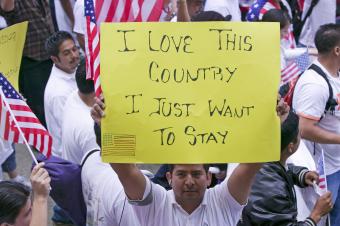DREAM Act/Deferred Action
Recent Activity
The conference offers thoughtful, evidence-based law and policy analysis and discussion of cutting-edge immigration issues.
Join MPI as U.S. Citizenship and Immigration Services Director Alejandro Mayorkas discusses the application process and policies that the agency has announced to implement the administration’s deferred action program.
This fact sheet provides an estimate of the number of DREAMers—unauthorized immigrants potentially eligible for a two-year reprieve from deportation under the Deferred Action for Childhood Arrivals initiative—based on eligibility criteria outlined by the Department of Homeland Security. It also offers a detailed analysis of the demographic characteristics of prospective beneficiaries.
This discussion focuses on the MPI report, "Executive Action on Immigration: Six Ways to Make the System Work Better," which outlines administrative actions that can be implemented to improve the immigration system.
In the absence of new U.S. immigration reform legislation, this report examines the opportunities that exist within the executive branch and the administration to refine and strengthen current U.S. immigration laws and policies. The administration can exercise its authority to field policies, programs, and procedures that are effective and fair in advancing the goals of the U.S. immigration system.
In 2010, based on changes to the DREAM Act legislation pending in Congress, MPI issued revised total and state-level estimates of the unauthorized youth and young adults who might be eligible for conditional legal status, updating its DREAM vs. Reality fact sheet.






